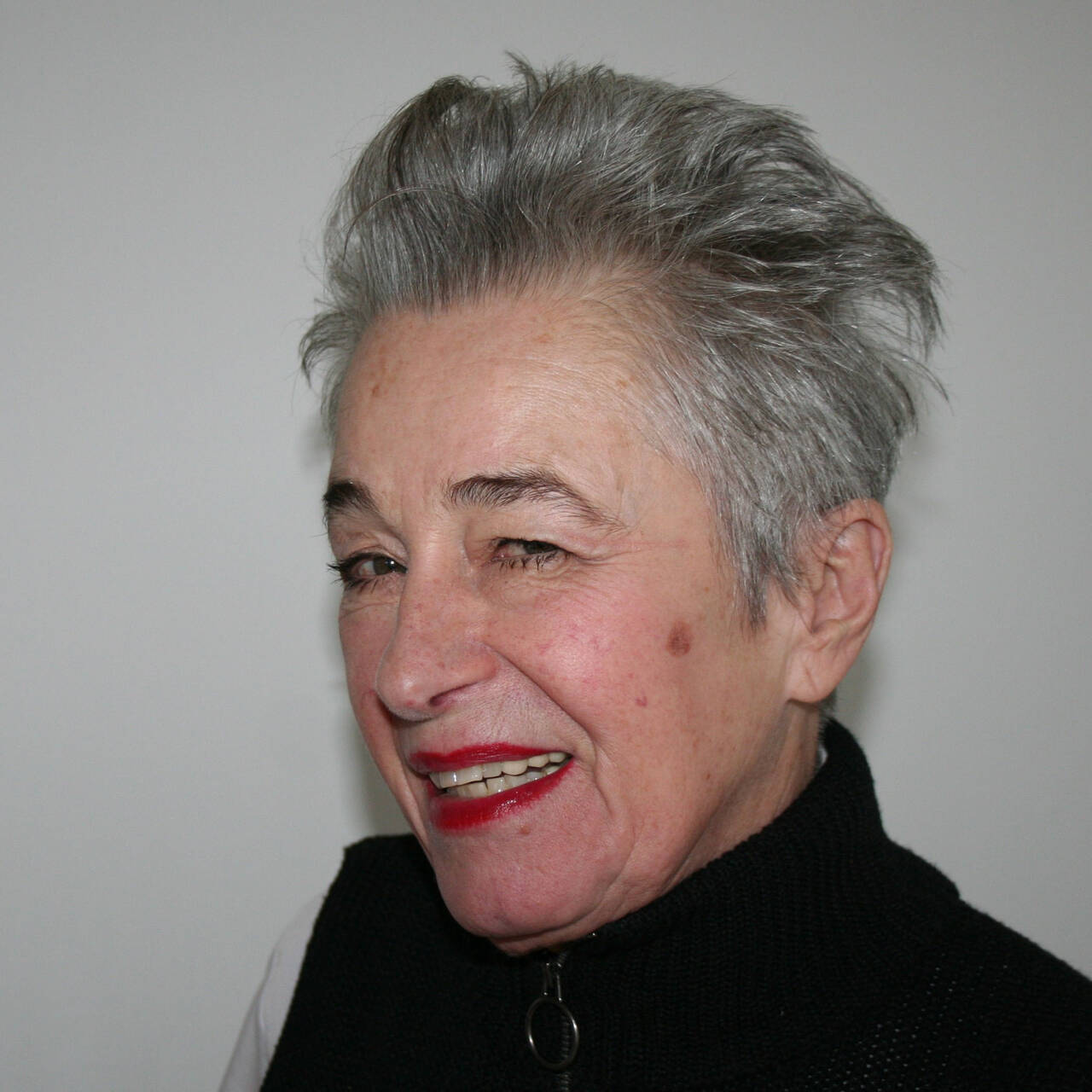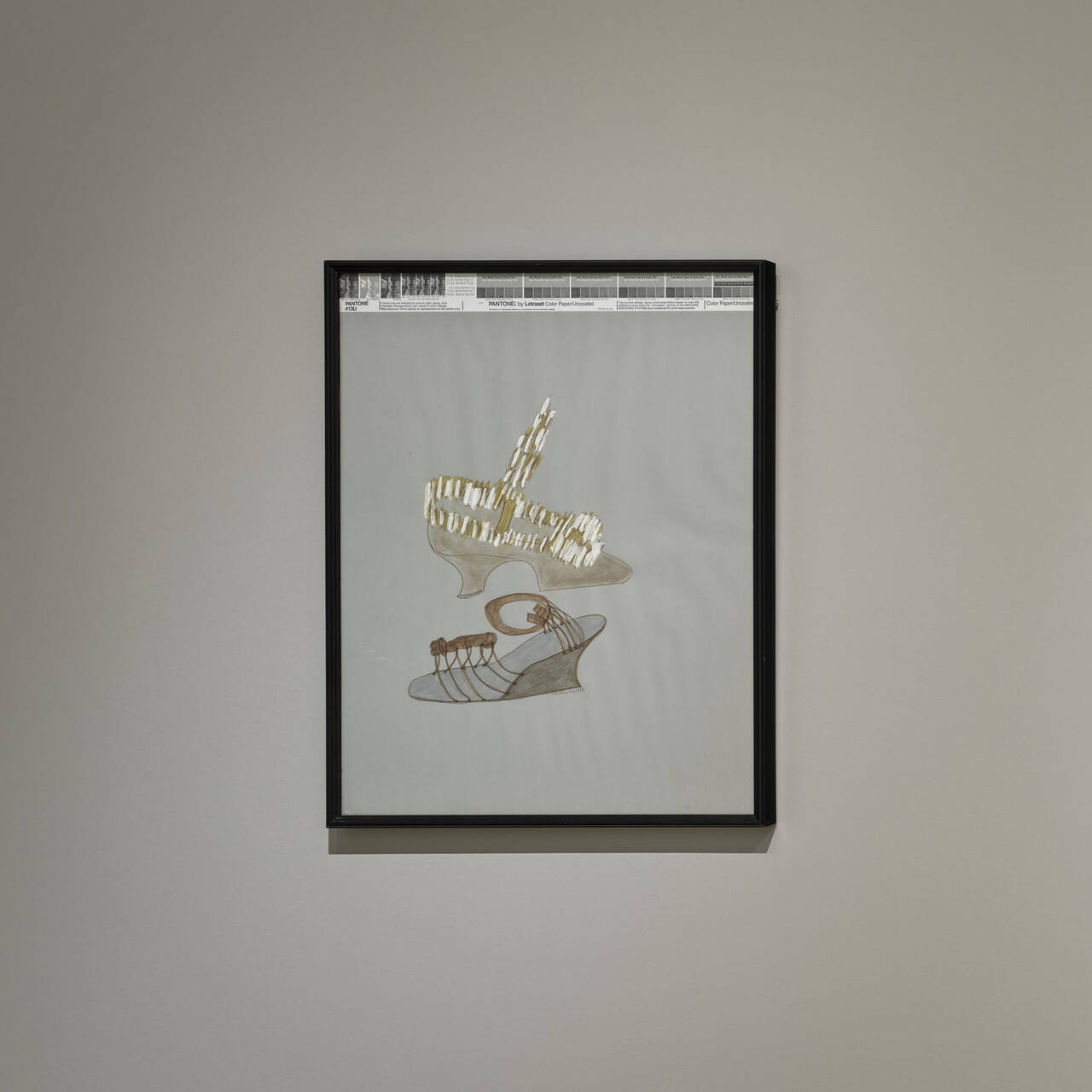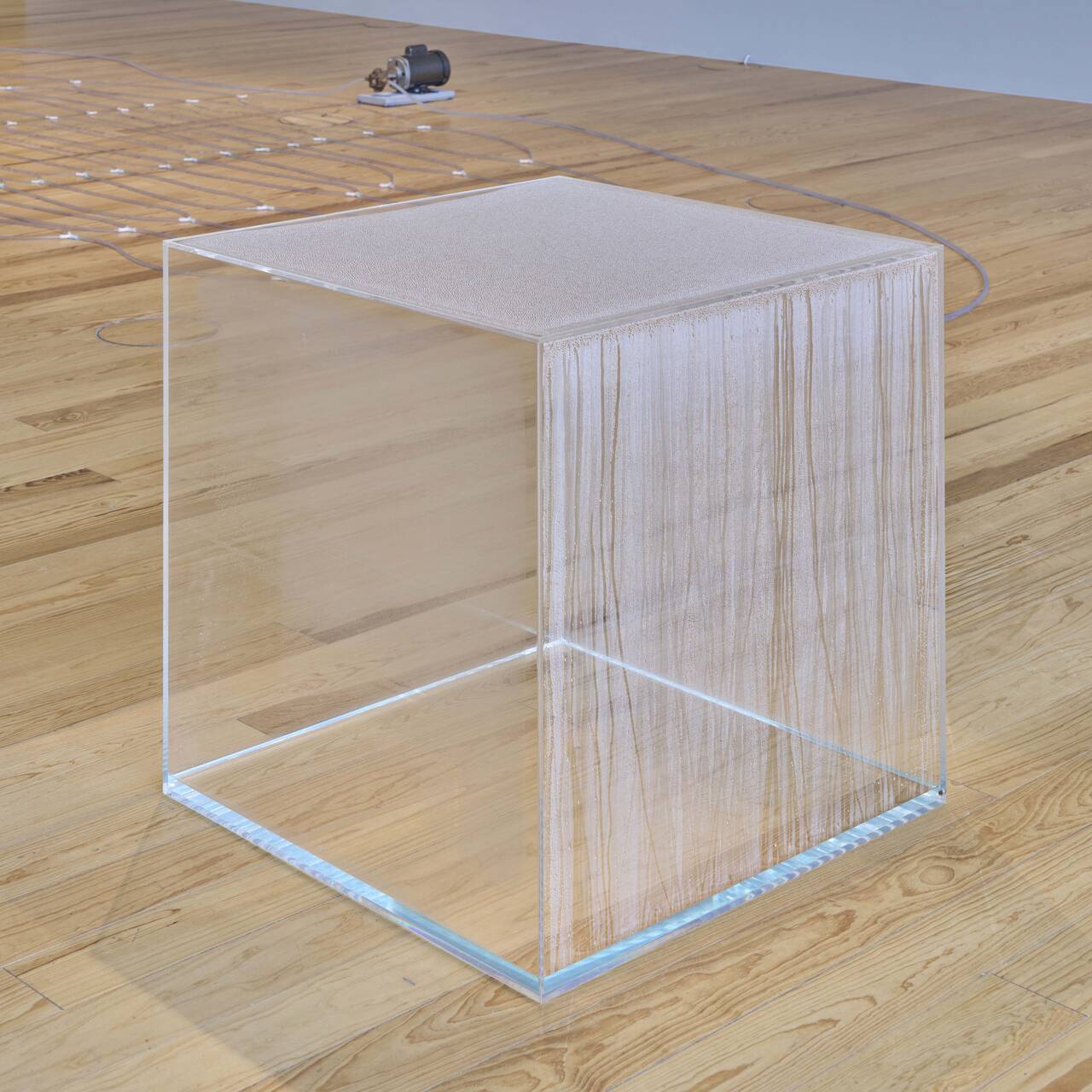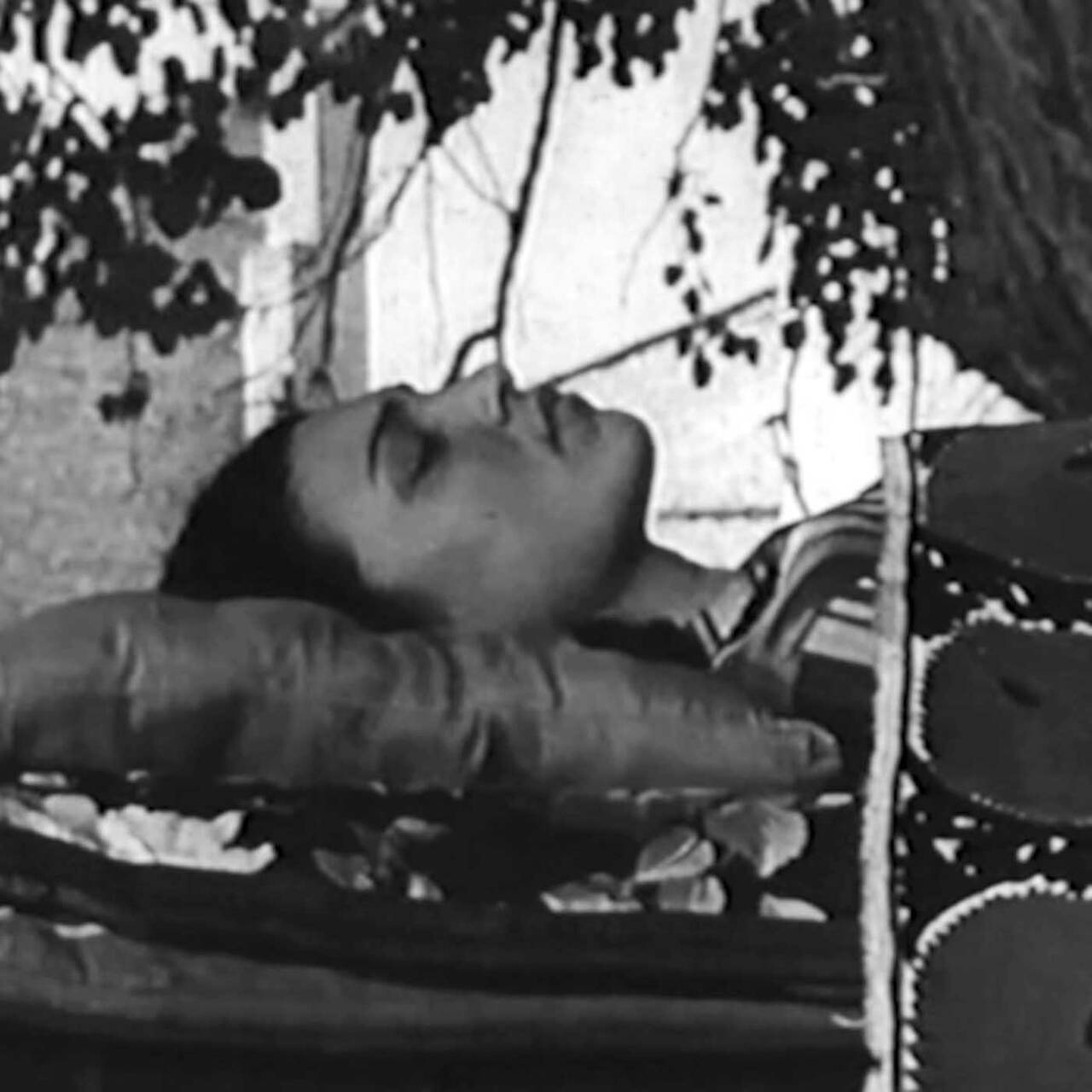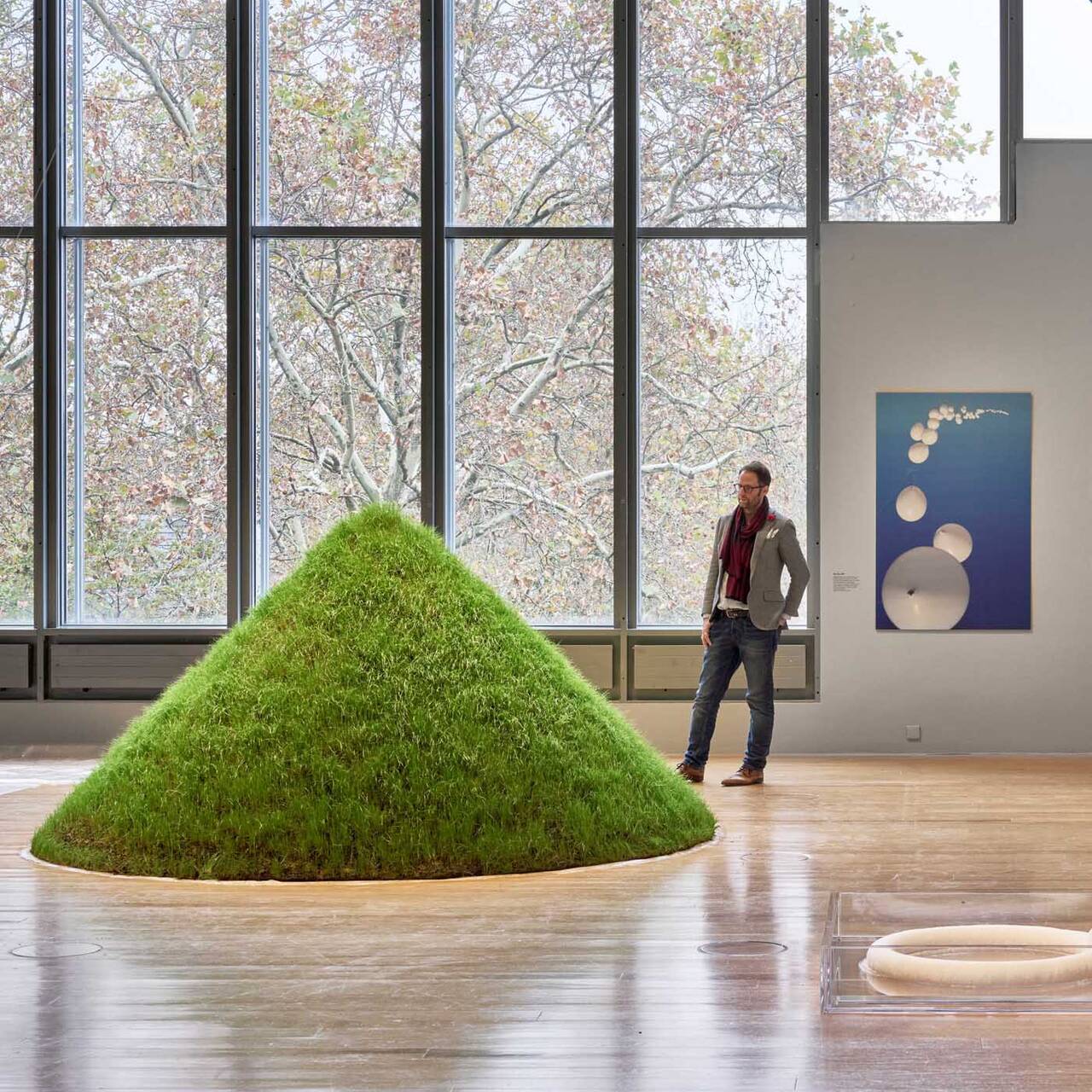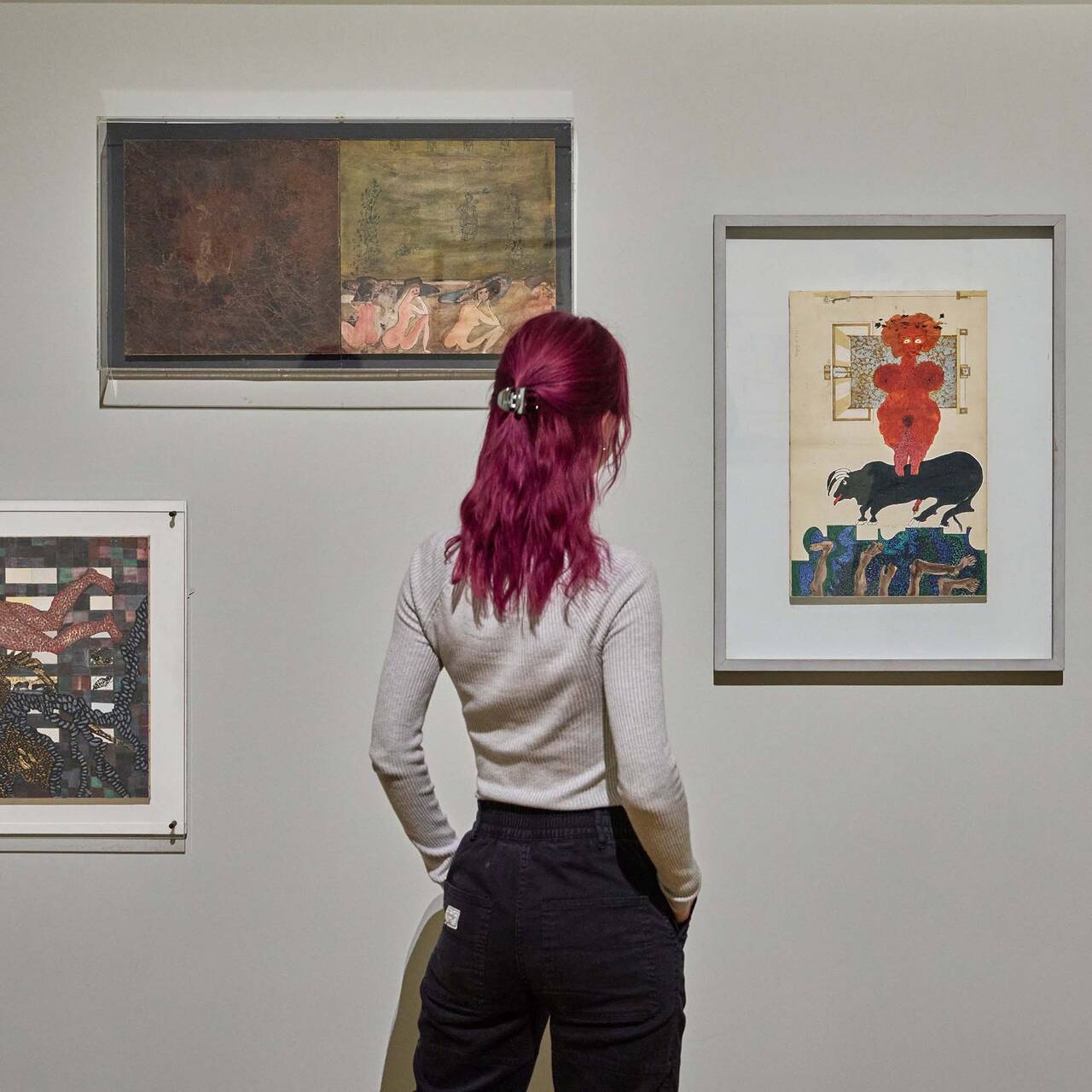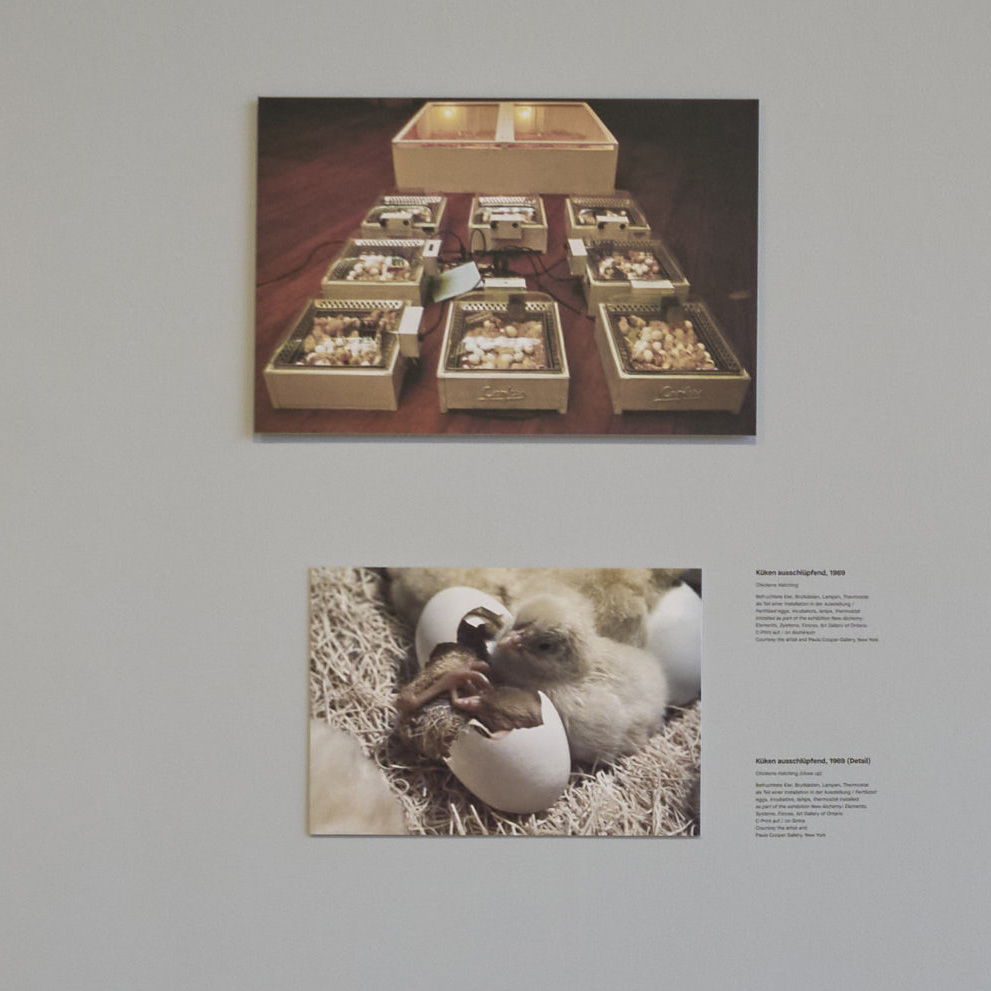We met curator and writer Myriam Ben Salah to talk about Neïl Beloufa’s work at the SCHIRN, her monograph on the artist and what makes a good art exhibition today.
Myriam Ben Salah is an independent curator and writer based in Paris. Currently working on artist Neïl Beloufa’s first monograph, we invited her to talk about his installation “Global Agreement,” on view at SCHIRN through October 28. Besides being an expert on Beloufa’s work, she is the Editor-in-Chief of Kaleidoscope Magazine, an art magazine magazine founded in Milan, Italy, and has curated the 10th edition of the Abraaj Group Art Prize in Dubai earlier this year.
Thinking, writing, and presenting contemporary art, if I may say so, were separated fields in the art world of the 20th century. However, looking at your practice, they seem very much intertwined. How do you envision your double role as curator-critic?
Besides being a curator, I consider myself more as an editor and writer than a critic, which would be more in conflict with the role of a curator—for instance, there are no exhibition reviews in Kaleidoscope. However, the fields of curating, writing and editing are indeed intertwined but also complement each other. A curator helps to give voice to the artist, which can be achieved in several ways. Helping to conceive and produce a work is one way, integrating an artist's vision within the narrative frame of a group exhibition is another way. For me, the magazine is one more platform to develop projects with artists and to get the keys to reading their work. Writing allows me to delve deeper into someone's practice and to articulate my own thoughts. A curator is a companion to the artist, and companionship can take as many forms as possible.

Prior to working on Beloufa’s monograph, you curated the group show “Cool Memories” at Occidental Temporary, which was more or less Neïl Beloufa’s studio and a film set for his movie of the same name. How did you engage with such a specific setting?
“Cool Memories” was one of the most interesting group shows I worked on. Indeed, the context of an artist's studio becoming half film set half fake hotel couldn't be ignored and provided many different layers to play with while conceiving the exhibition. “Cool Memories” was an exhibition about fiction, constructed realities and representation. It was built as a fragmentary wandering within a space where consciousness loses its ability to distinguish reality from its simulation. The works stood as a counterpoint to the movie set in which they were settled and underlined an ambiguous crack that separated the lived experience from its representation. Obviously, the point of departure was indirectly fed by Beloufa's contemplation as he spent the last ten years reflecting about the question of representation and suspension of disbelief. Besides, the freedom he gave me in the space, as well as his trust and generosity were assets you don't always find in more institutional places.
A curator is a companion to the artist, and companionship can take as many forms as possible.




Now that you kept track with Neïl Beloufa’s work over the past years, do you believe in supporting artists over a longer course of time?
Absolutely, I think it is essential. I believe in generational support in the way I grew up with a certain generation of artists and we share similar concerns and experiences that make it easy to lift each other up whenever possible. Of course, it is important to be constantly digging and to be interested in new things, new practices. But following an artist on the long term is very exciting and quite crucial to build knowledge around his or her practice. Oddly enough, Neïl Beloufa is someone who supports relationships and curators over a long period of time as well, so a nice dynamic usually starts.
Speaking about Neïl Beloufa, can you draft a leading thread throughout his work that evolved in the beginning and that he still engages in today?
Well the question of representation and suspension of disbelief in his videos is certainly an interesting thread. For instance, in “Kempinski,” his first video, or in “Brune Renault,” he completely breaks the viewer's suspension of disbelief by displaying the tricks of his fiction-making. More recently, for “Occidental”, he decided to play the game of fiction-making and to actually reestablish that trick, placing his work in the realm of cinema more than contemporary art. That's what fascinates me with Beloufa. He's never to be found where you expect him to be, and as soon as he establishes a rule or finds a thread, he'll break it, question it. This works conceptually for his movies, but also technically for his sculptures. As soon as he masters a technique, he'll try something else.
That's what fascinates me with Beloufa. He's never to be found where you expect him to be.
I like how Neïl Beloufa engages us to listen and see the entanglement between war, reality, and virtual life in “Global Agreement.” How did you experience his installation in Frankfurt especially in relation to some of his previous solo shows?
The installation at SCHIRN is again a whole new experimentation around the question of representation because he plays with real images and real stories to build a fictional narrative. I believe the reflection around the installation comes straight from his previous show at Palais de Tokyo “L'Ennemi de mon Ennemi” which analyzed in which way art could be seen as propaganda the same way that war communication material is. Here, Beloufa gives a vision of war that's neither the official one (that we get from the army itself) nor the Hollywood one that we get from movies and often constitutes the only experience most of us have from war.
You probably know very well to what extent France is ahead of Germany when it comes to dealing with the legacies of colonialism. Can works of art open a door to the past, to a history that was kept secret for decades?
Wow, if France is ahead I'm wondering where Germany must be. France deals very poorly with the legacies of colonialism. It is still struggling to recognize the damages of the Algerian War, and some of France's most urging social issues right now are post-colonial “Ersatz”. I don't believe art can solve anything, obviously, and I don't really believe in big political statements in art either. To sum it up, I don't believe in political art but I believe in making art politically. An art work can be a door opener to see the world differently, to question the way things are presented to us, to challenge what we consider being our „reality.“ But the moment it tries to convince or convey a clear idea, it loses its ambiguity and becomes communication. Also, I feel that the way art is presented and apprehended is still pretty elitist. So even if it opens doors, it opens them to a very tiny part of population.
So, what makes a good exhibition these days?
Well precisely, I think a good exhibition is one that can be appreciated by my Tunisian grandmother or my little cousin. Something that's sharp and challenging but that isn't only speaking to an educated, art-friendly crowd. I'm actually really interested in the points of friction between contemporary art and mainstream culture because I find it a good place to start this reconfiguration of the way we display art.
An art work can be a door opener to see the world differently (...) to challenge what we consider being our „reality.“

Sounds familiar, however, I believe Neïl Beloufa is one of the artists who found a way to open that door. So, could you already share some of the main features that will be highlighted in his monograph?
The book will be very visual, presenting all of Beloufa's work from film stills to backstage images, installation views and sculptural details. It will be punctuated by in-depth essays around the different aspects of his practice: the formal/sculptural concerns, the take on politics and identity, the moving image, and so on. I don't want to reveal too much before the book is finished but it will be a comprehensive survey of ten years of practice of someone I consider one of the most important artists today.

